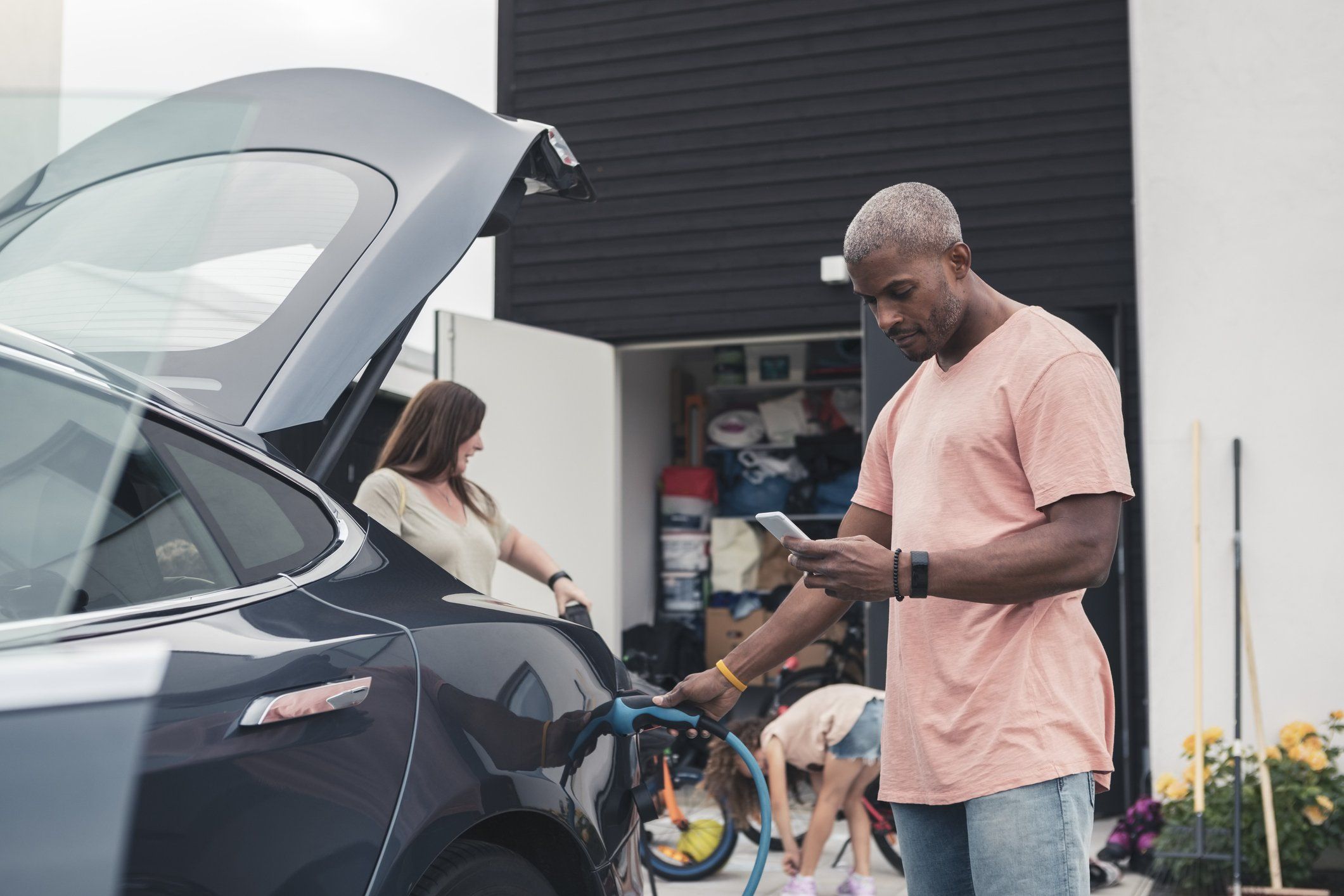guest column
EV technology is well on its way for lower carbon impact, Houston expert says

The road, then, is not entirely smooth, but the direction is clear: EVs are on their way. Photo via Getty Images
Are electric vehicles at a tipping point? In a word, yes.
And yes, I know that this has been said before — more than once. Predictions of electric vehicle sales have been notoriously over-optimistic. An article by my own company projected sales in New York could be as high as 16 percent by 2015; in fact, it was about 1 percent in 2020. But — and this has been said before, too — this time is different. The realities on the ground are catching up with the hope, or the hype, or both.
While there are only 11 million EVs on the road now, EV registrations rose more than 40 percent in 2020 — although car sales dropped 16 percent that year. So far in 2021, EV sales are up another 80 percent. In the United States, sales of EVs doubled as percent of the total between the second quarter of 2020 and the same period last year.
The momentum is real. What’s changed?
For one thing, global car manufacturers are re-tooling for EVs in a big way. It’s interesting that at the September auto show in Germany, almost all the models presented were electric, like this sleek saloon from Mercedes, which has announced plans to go all-electric by the end of the decade. GM, too, has said it wants all its vehicles to be emissions-free by 2035.
From 2020 through the first half of 2021, more than $100 billion was invested in EVs, and carmakers have announced more than $300 billion in additional investment. That money is producing hundreds of different models, meaning that there are vehicles available that normal people, not just enthusiasts, want to buy. All of the top 20 global auto manufacturers are investing big-time in EVs.
For another, while the sticker price for EVs is generally higher, the economics are improving. On a total-cost-of ownership basis—meaning how much they cost to run compared to conventional cars—they already make sense in many markets, particularly given rising gas prices. At the same time, widespread government subsidies to new EV buyers take some of the sting out of the sticker shock. As more vehicles are produced, costs will likely fall.
Finally, the market context is changing — quickly and radically. The European Union is proposing an effective ban on conventional cars by 2035, as is Britain. California and New York are both requiring that all new vehicles sold be zero-emissions by the same year. Japan has plans to phase out gas-powered cars over roughly the same period. The US federal government has set a 50 percent target for electrification and allocated serious money to charging infrastructure. The trend is clear: the future is electric.
I can’t say when that future will arrive, but I suspect it will be much faster than in the recent past and probably not as fast as the optimists would like. Global sales are forecast to reach 10.7 million by 2025 and more than 28 million by 2030. But, of course, forecasts have been wrong before. Remember, too, that cars and trucks have a long shelf life; a significant percentage of the 1.4 billion on the road now are going to be on the road a decade hence. In addition, there could be geopolitical and supply roadblocks in the form of limited supplies of components like nickel, cobalt, and lithium, which are used in the production of batteries. I suspect that innovation and ingenuity will find a way around if shortages do occur — as is already happening. But if the cost of alternatives is high, that could drive up prices and affect the overall economics of EVs.
The road, then, is not entirely smooth, but the direction is clear: EVs are on their way.
------
Scott Nyquist is a senior advisor at McKinsey & Company and vice chairman, Houston Energy Transition Initiative of the Greater Houston Partnership. The views expressed herein are Nyquist's own and not those of McKinsey & Company or of the Greater Houston Partnership. This article originally ran on LinkedIn.